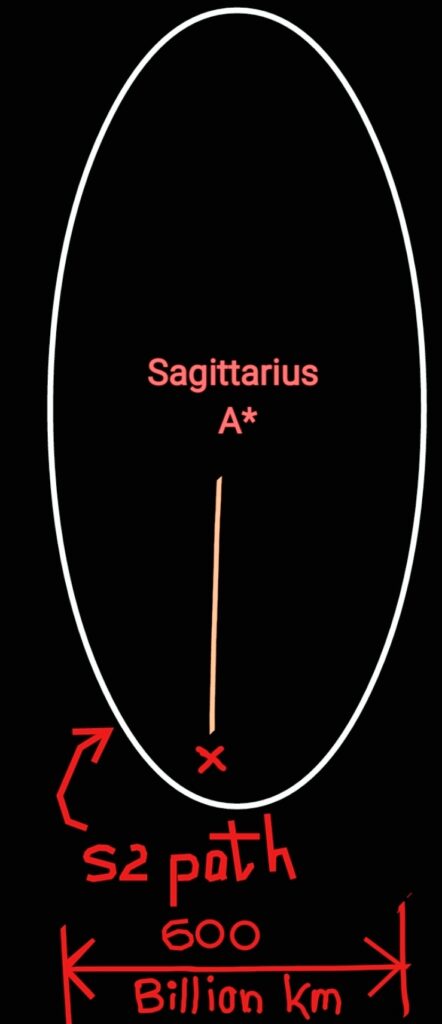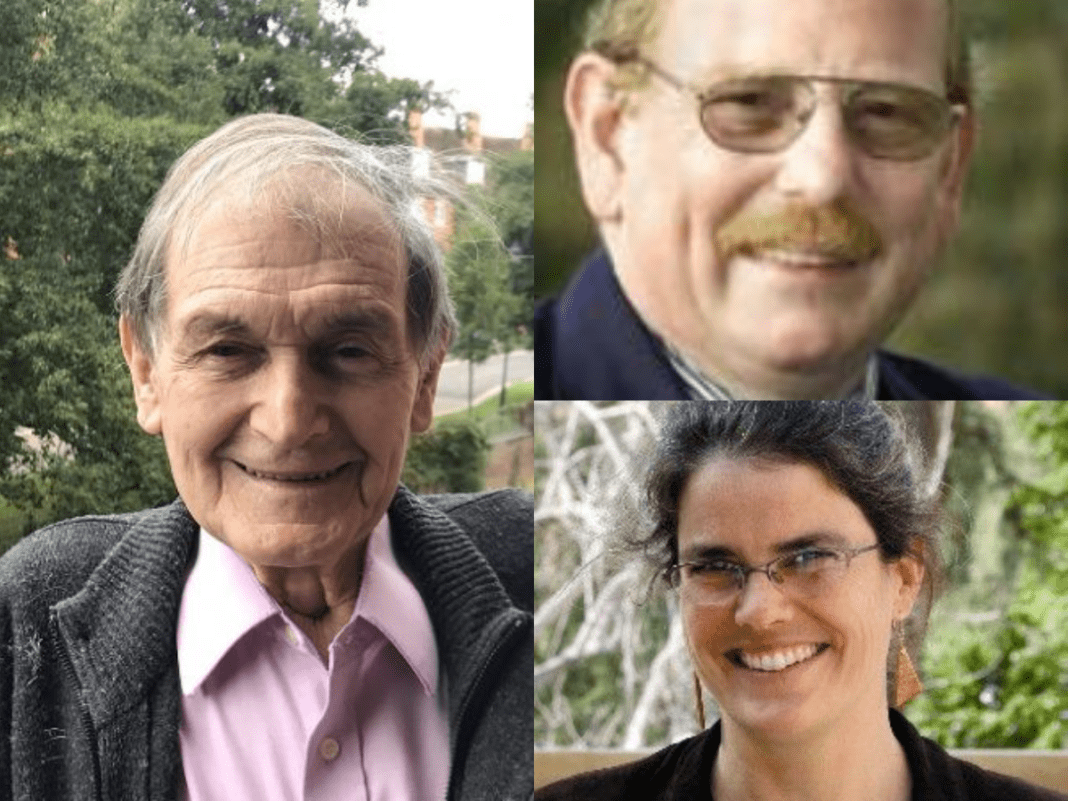British physicist Sir Roger Penrose, along with German Reinhard Genzel and American Andrea Ghez, received the Nobel Prize in Physics for their discovery of black holes. The Royal Swedish Academy of Science declared the award on Tuesday. This Nobel Prize was divided into three parts. One-half prize was awarded to Penrose while the other two halves were distributed equally to Genzel and Ghez. Ghez became the 4th woman to win the Nobel Prize for Physics.
The prestigious award comes with a gold medal and prize money of 10 million Swedish kronor (more than $ 1.1million).
Penrose’s contribution to Black Hole Physics
In a seminal research paper in 1965, Penrose demonstrated how, according to general relativity, a dying star can become a black hole. Black holes are some of the strangest and most fascinating objects in the universe. These are extremely dense objects and have a strong gravitational attraction. Surprisingly, the gravitational attraction is so strong that even light can not escape their grasp if it comes close to them.
Albert Einstein first predicted the existence of black holes through his general theory of relativity in 1916. Penrose then invented special mathematical methods to explore Einstein’s general theory of relativity.
Through his ingenious method, Penrose demonstrated how black holes form and then went on to described their properties. At the centre of black holes, there hides a singularity, a boundary at which all the known laws of nature break down.

Genzel and Ghez contributions
Ghez is famous for working on adaptive optics in studies of the galactic centre of our Milky Way galaxy. She is currently a professor of Physics and Astronomy at UCLA. Genzel is a German astrophysicist and co-director of the Max Planck Institute for Extraterrestrial Physics. He is an emeritus professor at the University of California.
For more than fifty years, physicists have speculated that there may be a black hole at the centre of the Milky Way around which all the stars, including our solar system, are revolving.
In the 1960s, astronomers identified that the centre of Milky Way is in the direction of the constellation of Sagittarius and found a strong source of radio waves. The supermassive black hole was named Sagittarius A*.
The work behind their contributions
With bigger telescopes and better pieces of equipment, especially the use of adaptive optics, Genzel and Ghez each started their sojourns to observe the centre of the Milky Way. Genzel and his team used the Very Large Telescope (VLT) on Paranal Mountain in Chile. Ghez and her group used the Keck observatory installed on the Hawaiian mountain of Mauna Kea.
For almost thirty years, the duo groups monitored one star, called S2, which completes an orbit of the centre of the galaxy in less than 16 years. This is a very short period of revolution for a star. Comparatively, our sun takes more than 200 million years to complete one lap around the centre of the Milky Way.
With their independent measurements, the two teams came to the conclusion that the star S2 is revolving around the black hole with a mass equivalent to 4 million mass of our sun. This black hole has the diameter roughly equal to the size of our solar system.


The Indian connection
Up to 1930, scientists believed that when stars died, they all became white dwarfs, no matter what mass they had. But one Indian scientist, Subrahmanyan Chandrasekhar, in 1930 proved that only stars which have a mass 1.44 times more than solar mass can become white dwarfs. This limit is now termed as ‘Chandrashekhar limit’. Stars more massive than this limit either explode as a supernova or become a neutron star or even black hole.
Chandrashekhar won the Nobel Prize for his discovery in 1983. He also postulated the existence of a singularity in the heart of the black hole. However, his idea was ridiculed back then. But, the discovery of the black hole in 1973 proved him right.




Comments are closed.